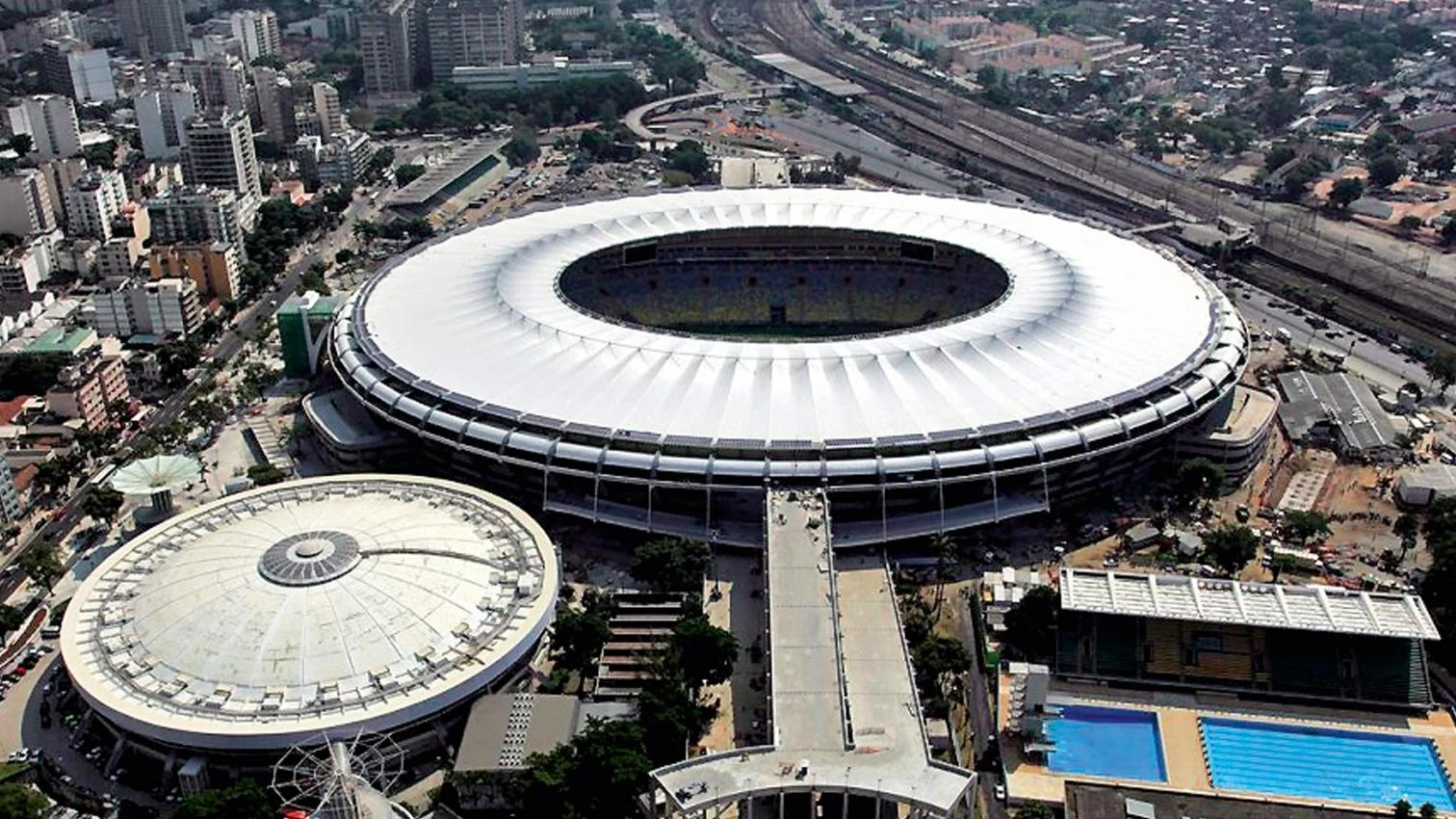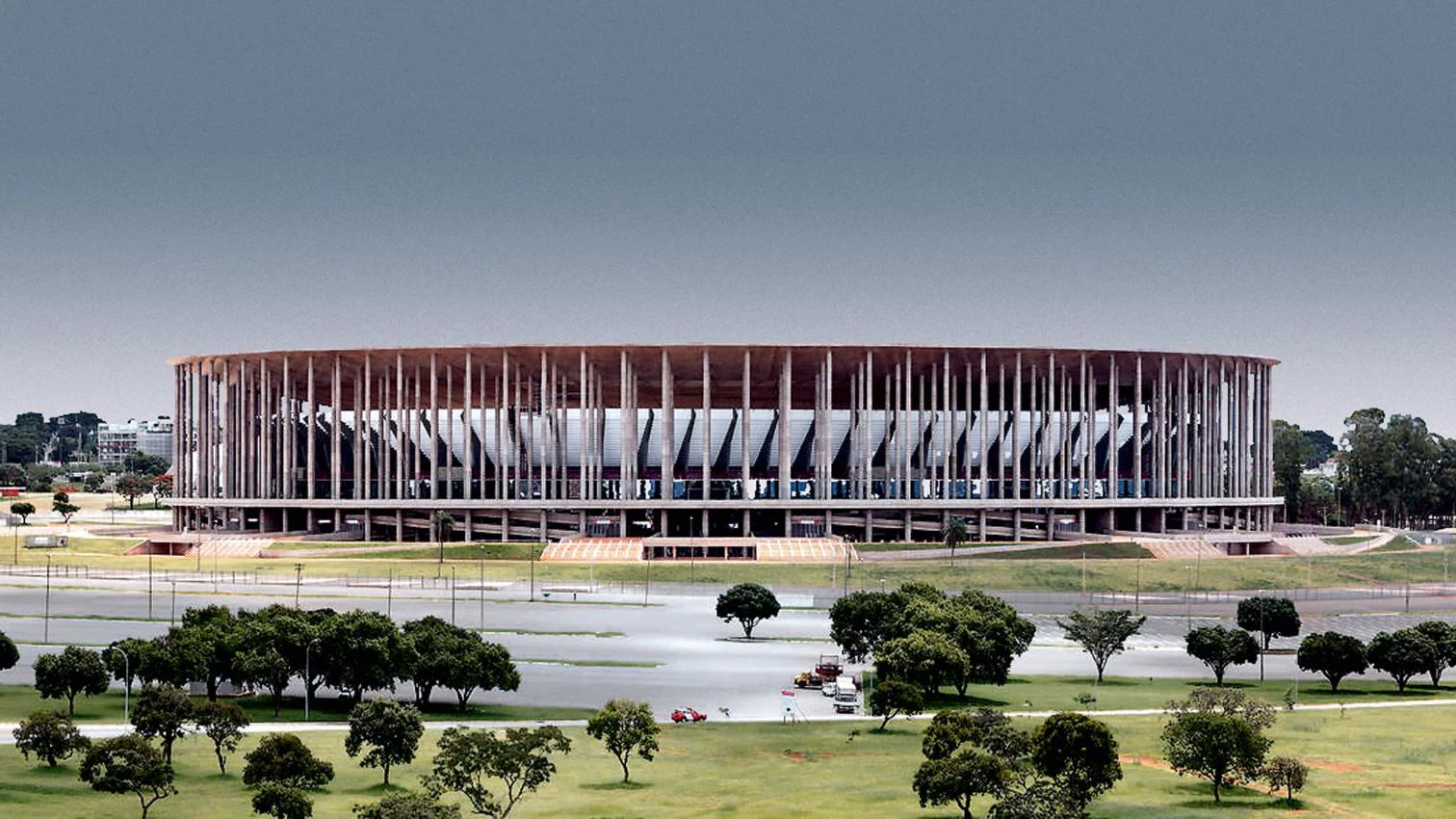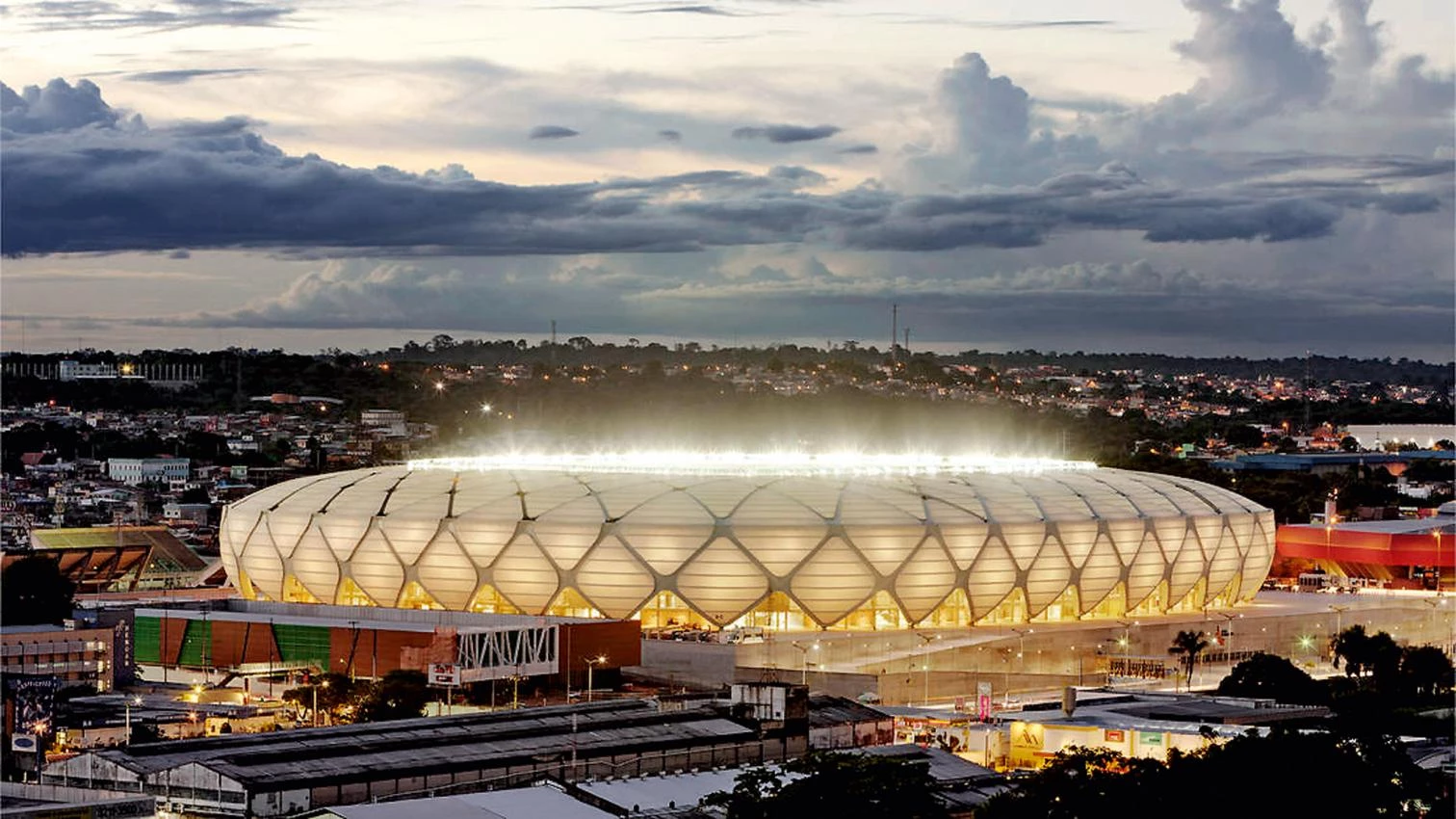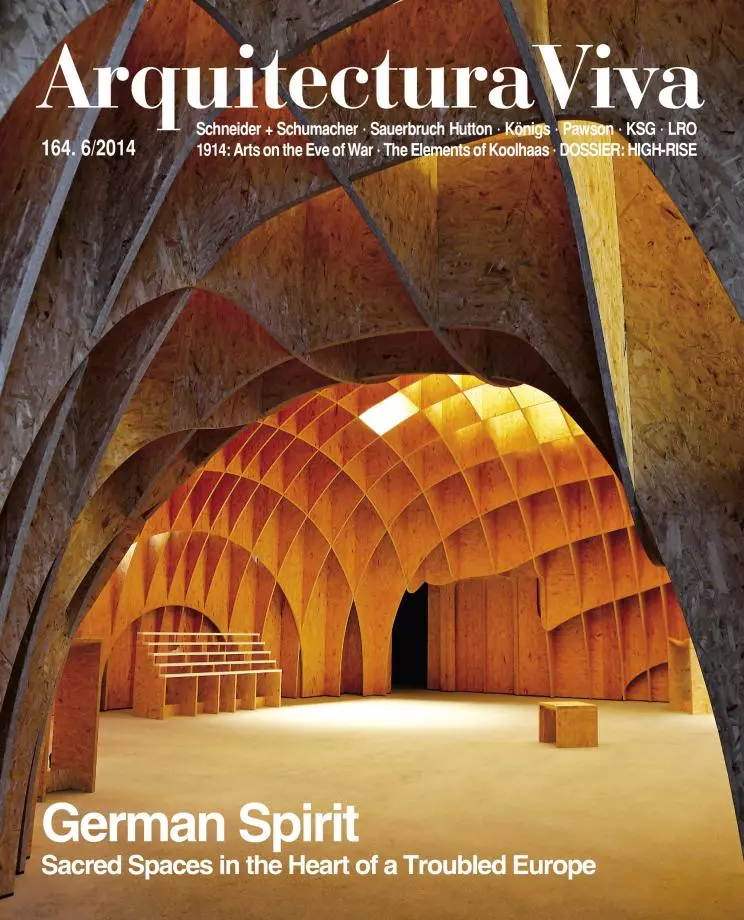
With the various grandstands put in place at the last minute, construction workers still gathering and packing up their tools, and lingering echoes of the all-year demonstrations against the US$15 billion investment on an event that a large number of Brazilian citizens consider dispensable, the FIFA World Cup kicked off on 12 June in the city of São Paulo with a rather lackluster ceremony which not even President Dilma Rousseff was seen to attend.
A good share of the criticism has been directed specifically at the stadiums – twelve in all, the largest number ever used in the entire history of the World Cup – which together have incurred a cost of more than US$3 billion, an amount increased by a combination of endemic corruption, inefficient planning, and even the lives of eight construction workers. Although the budget for these sport facilities has not been particularly high, compared, that is, with other infrastructures, many people in Brazil are of the belief that such an investment would have borne more fruit in fields like health, education, or transportation, and that the world attention and the picture of economic progress that events of this kind undeniably give do not tally with the reality of a country afflicted with serious socioeconomic problems.
Yet the Brazil World Football Cup does leave a handful of iconic works. Six are new buildings, from the Arena Pantanal in Cuiabá, built by the local office of GCP with certified wood, to the Itaipava Arena Pernambuco in Recife by Fernandes Arquitetos, set deep in a neighborhood of close to 5,000 dwellings, passing through the Estadio das Dunas carried out by Populous in Nata, the Arena of São Paulo by Aníbal Coutinho, and the Arena Amazônia – surrounded by the lush forest of Manaos – and the National Stadium in Brasilia, these latter two by the firm Gmp in collaboration with engineers of Schleich Bergermann und Partner. This German consortium is also responsible for the renovation of Brazil’s most emblematic stadium, the Maracaná, in the city of Rio de Janeiro – whose old roof has been replaced by a light membrane of fiberglass and Teflon held up by several tension rings – as well as for Mineirão Stadium in Belo Horizonte, completed in accordance with a project by BCMF Architects. Wrapping up the list are projects by local practices, such as the Arena de Baixada in Curitiba, the Arena Fonte Nova in Salvador da Bahia – scene of the Spanish debacle –, Beira-Rio Stadium in Porto Alegre, and finally the Castelão, the first stadium of this 2014 event to earn a LEED certificate.








